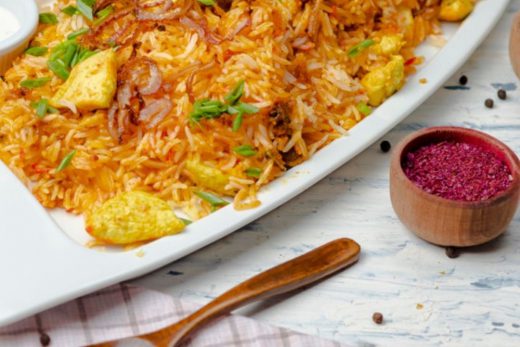There are other breads that are both similarly shaped and bear the trace of Arab influence. Girde naan, a bread which looks identical to the present-day bagel that’s still baked by the Muslim Uigurs of northwestern China, is another possible descendant of ka’ak, given that Islam flourished in China during the Middle Ages, when Arab maritime traders had a monopoly on the spice trade.
And simit, the Turkish “sesame bagel,” has a similar story. In the 15th century, the Ottoman Turks were the dominant power across Southeastern Europe, Western Asia, and North Africa. During that time, their court cuisine relied on Kitab al-Tabikh, which, after being translated by Muhammed bin Mahmud Şirvani, the court physician of Sultan Murad II, and embellished with a few recipes of his own, formed the core of the first Ottoman cookbook.
The common thread between these similarly shaped breads, of course, is their proximity to spheres of Arab influence, whether they were trade routes or areas conquered by Islamic empires. In essence, obwarzanek, tarallo, girde naan, simit, and bagels are examples of culinary fusion, which is as old as cuisine itself. Centuries of conquest, migration, and trade have allowed culinary traditions to meld and evolve, both naturally and by force.





